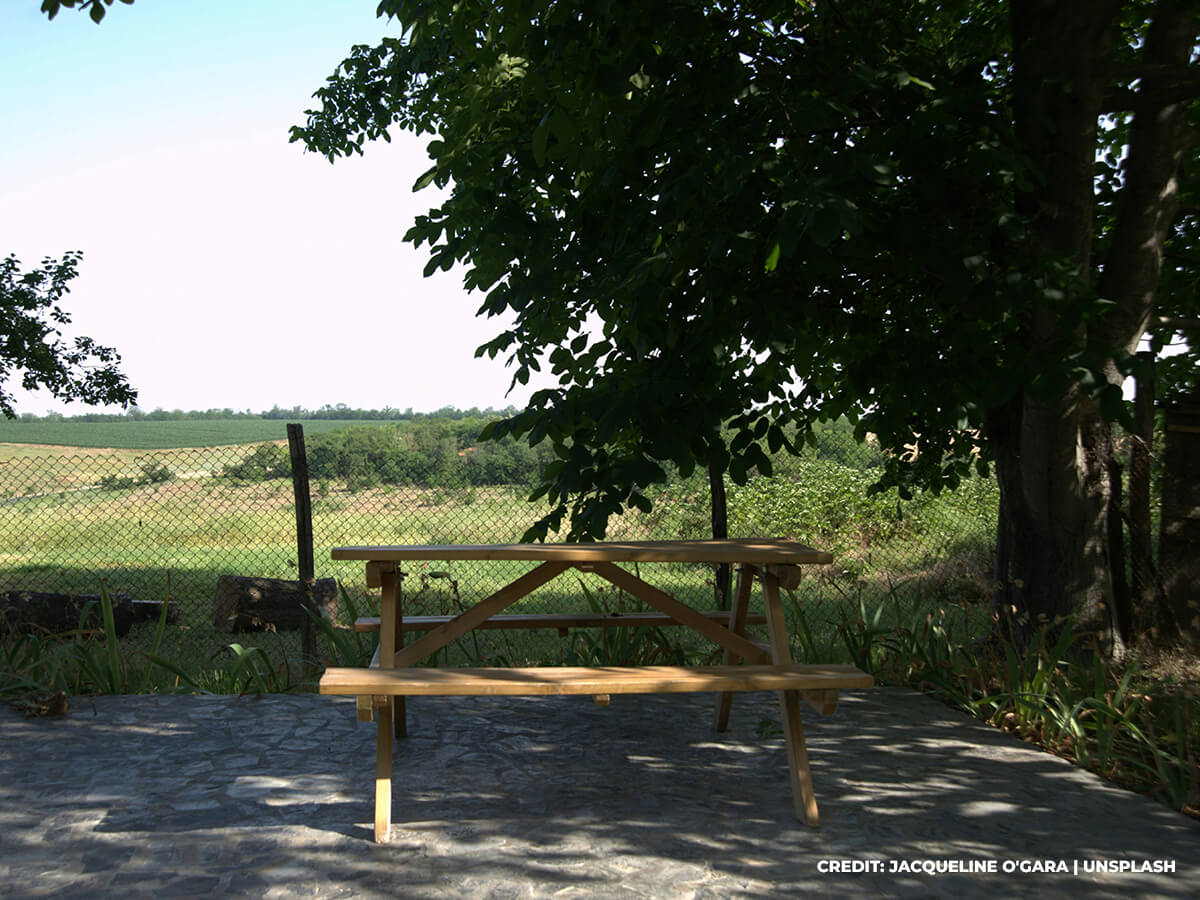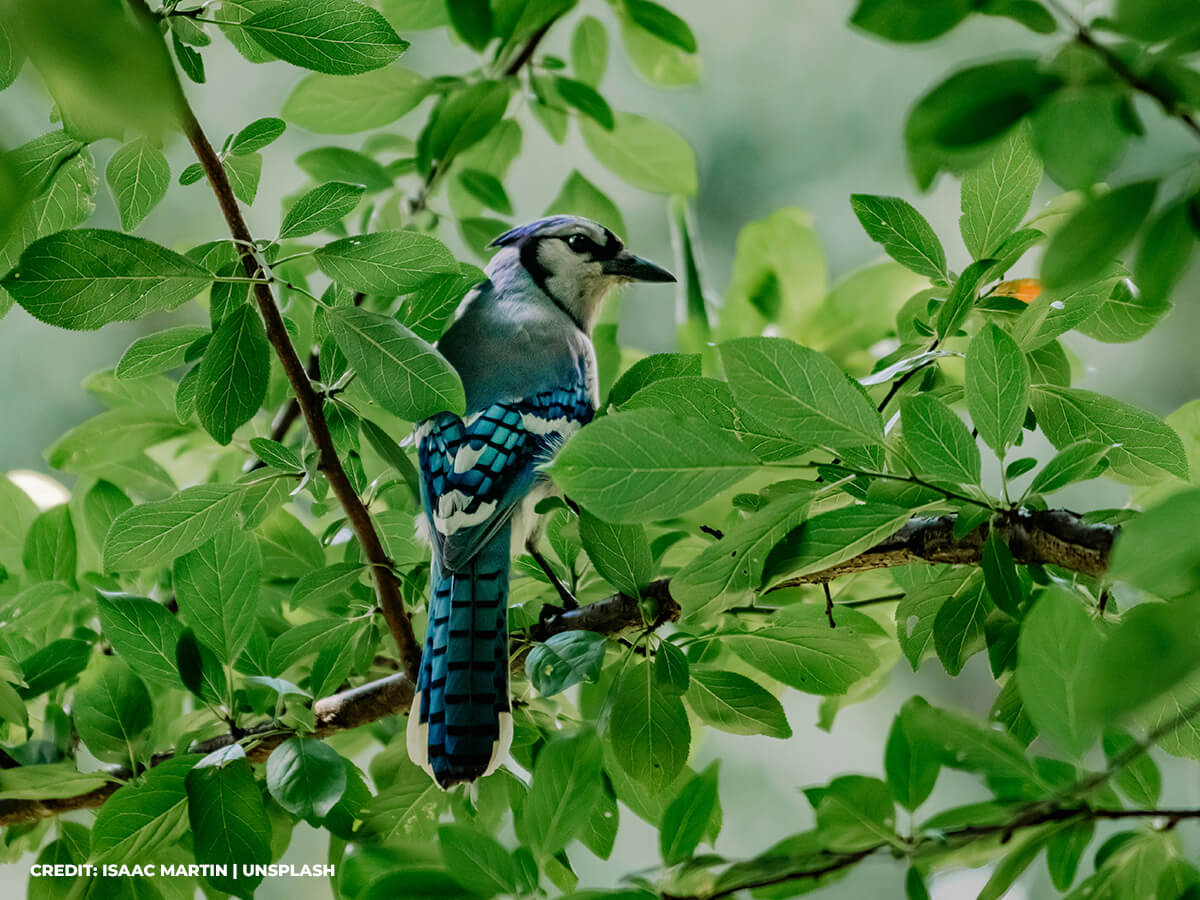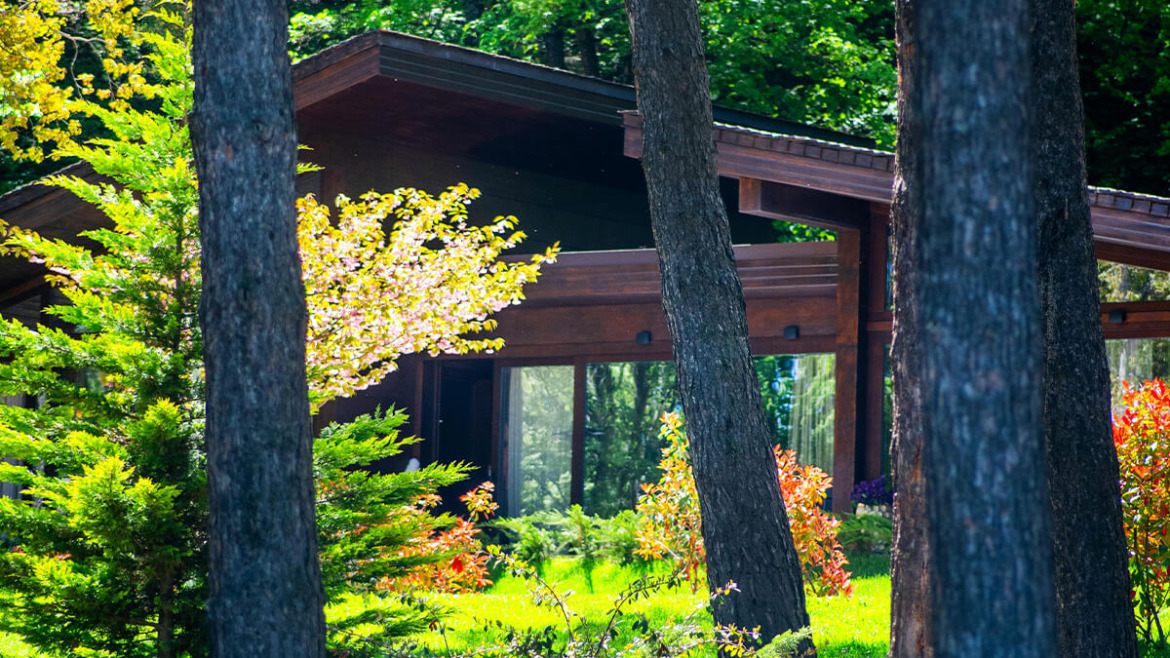As our world continues to grow warmer, the search for effective and sustainable ways to mitigate rising temperatures becomes ever more critical. While technological solutions abound, sometimes the most profound and accessible remedies are found right outside our doors, rooted deeply in the natural world. Among these natural allies, shade trees stand out as powerful agents of cooling, offering a refreshing respite from intense heat and bestowing a wealth of environmental and residential benefits. Far more than just static elements of the landscape, trees are dynamic systems that actively work to moderate temperature, particularly in the built environments where heat can accumulate dramatically.
For millennia, humans have instinctively sought the shelter of trees during hot weather. Many early settlements clustered around groves or alongside rivers lined with trees, these ancient peoples recognising their inherent ability to provide comfort. This ancient wisdom holds profound relevance today as urban centres expand and temperatures climb. Concrete, asphalt, and buildings absorb and retain solar radiation, creating “heat islands” where temperatures can be significantly higher than in surrounding natural areas. Shade trees offer a potent, natural countermeasure to this phenomenon, working tirelessly through fascinating biological processes to cool their surroundings.

The primary mechanism by which trees cool is elegantly simple yet remarkably effective: direct shading. A tree’s canopy intercepts solar radiation – the radiant energy from the sun that we feel as heat. Instead of this energy striking impervious surfaces like pavements or building roofs, where it would be absorbed and re-radiated as heat, the leaves absorb a portion for photosynthesis and reflect the rest. Standing beneath a dense tree canopy on a scorching summer day immediately demonstrates this effect; the temperature feels noticeably lower because you are shielded from the direct and reflected heat of the sun and surrounding surfaces. This reduction in direct sunlight on surfaces also means these materials heat up less in the first place, preventing them from becoming sources of radiant heat themselves.
However, the cooling power of trees extends far beyond simple shade. Another crucial process at play is evapotranspiration. This biological phenomenon is essentially the plant equivalent of sweating. Water absorbed by the tree’s roots travels up through its vascular system to the leaves. Here, much of this water evaporates from tiny pores called stomata. This transition of water from liquid to gas requires a significant amount of energy, which the tree draws from its surroundings – specifically, from the air and the leaf surface itself. As the water evaporates, it carries heat energy away with it, effectively cooling the immediate environment around the tree. A single mature tree can transpire hundreds of litres of water in a single day, releasing a significant cooling effect equivalent to several small air conditioning units running continuously, but without the energy consumption or greenhouse gas emissions. This natural process creates a cooler, more comfortable microclimate beneath and around the tree canopy. The combined effect of shading and evapotranspiration makes trees exceptionally efficient natural cooling systems.
The presence of shade trees in your home yields a multitude of interconnected benefits that contribute to more livable, comfortable, and sustainable environments. These advantages extend well beyond just lowering air temperature, influencing everything from energy consumption to human well-being. Let’s look into some of these key benefits:
1. Mitigating the Urban Heat Island Effect
As mentioned, urban areas tend to be significantly hotter than surrounding rural areas due to the abundance of heat-absorbing surfaces and the lack of vegetation. Shade trees directly combat this by shading these surfaces and cooling the air through evapotranspiration. By lowering the temperature of buildings, roads, and pavements, trees reduce the overall heat load of the urban environment, making your home more comfortable and reducing the risks associated with extreme heat. This natural cooling system works passively and continuously, providing relief throughout the hottest parts of the day.
2. Enhancing Usability of Outdoor Spaces
Hot, exposed areas at home (such as outdoor patios or decks) can be unpleasant at best during the warm summer months. Shade trees give you the opportunity to transform these areas, making those outdoor spots more inviting and usable. The cooler microclimates created by tree canopies encourage outdoor recreation, play, and relaxation, promoting the use of your outdoor areas and the fresh air and sunshine you can expect from the great outdoors. With more incentive to linger in those newly shaded areas, it’s also much easier to find opportunities to put those spaces to use (such as having relaxing snacks or meals, hosting guests, or simply enjoying nature as is). Trees turn potentially what might otherwise be oppressively hot environments into comfortable urban oases.
3. Improving Air Quality
While not a direct cooling mechanism, the presence of trees significantly contributes to a healthier urban environment, which is often intertwined with heat issues. Trees filter airborne pollutants such as particulate matter, ozone, nitrogen dioxide, and sulphur dioxide, trapping them on their leaves and bark. They also absorb carbon dioxide, a major greenhouse gas, and release oxygen during photosynthesis. Improved air quality is also a boon for alleviating respiratory problems and enhancing overall public health, making hot days, which can exacerbate air pollution issues, more bearable.
4. Reducing Energy Consumption in Buildings
Strategically placed shade trees can dramatically reduce the need for air conditioning in nearby buildings. By shading roofs and walls, trees prevent solar radiation from heating the building envelope. This reduces the amount of heat that enters the building, thereby lowering the demand on cooling systems. This reduced reliance on air conditioning translates directly into lower energy bills for your home, as well as decreased strain on the electricity grid during peak demand periods. Not only is investing in your tree a way to keep the house more comfortable, it also helps you keep those energy costs low (especially at times when you might be making more demands of your AC). As for ecological benefits, this energy saving also contributes to a reduction in greenhouse gas emissions associated with energy generation.
5. Managing Stormwater Runoff
Trees play a vital role in the urban water cycle, which can also have indirect cooling benefits. Their canopies intercept rainfall, reducing the volume and velocity of water hitting the ground. The root systems also absorb water, allowing it to infiltrate into the soil rather than running off into storm drains. This process helps to reduce surface flooding during heavy rain events (which can be a boon for residents of flood-prone areas). Reduced impervious surfaces and increased soil moisture, facilitated by trees, can contribute to slightly cooler ground temperatures compared to dry, exposed pavement.

6. Providing Habitat and Supporting Biodiversity
Urban trees create valuable habitat for a wide variety of birds, insects, and other small animals, contributing to urban biodiversity. These ecosystems, while not directly cooling in the same way as shade or evapotranspiration, contribute to a healthier and more resilient urban environment. A biodiverse ecosystem is often a more robust and naturally regulated one.
7. Enhancing Aesthetic Appeal and Promoting Well-being
The visual presence of trees has a profound positive impact on human mental and emotional well-being. Green spaces are calming and aesthetically pleasing, contributing to a higher quality of life. Studies suggest that views of nature, including trees, can reduce stress, improve mood, and even aid in recovery from illness. While this is a psychological benefit, it contributes to the overall sense of comfort and liveability in an environment, making hot conditions feel less oppressive in a green setting.
—
To maximise the cooling benefits of nature’s air conditioners, give ample and careful consideration to species selection and placement. Choosing native or well-adapted tree species that are suitable for the local climate and soil conditions ensures their health and longevity. Strategic planting locations (such as on the south and west sides of buildings) can provide the most effective shade during the hottest parts of the day. Thinking about the mature size and shape of the tree are more factors to take into account to ensure it provides the desired level of shade without interfering with infrastructure.
In conclusion, shade trees are indispensable assets in our efforts to create cooler, more comfortable, and sustainable communities. Through the simple yet powerful actions of providing shade and releasing water vapour, they offer a natural and effective defence against rising temperatures and the urban heat island effect. Their benefits ripple outwards, improving air quality, reducing energy consumption, managing water, supporting wildlife, and enhancing human well-being. Embracing and investing in urban forestry and the preservation of existing trees is not just an environmental choice; it is an essential strategy for building resilient, livable homes for the future, harnessing the incredible, cooling power of nature.
If you’ve decided you need some strategically-placed shade trees to keep your home cool and comfortable, Caledon Treeland is more than happy to provide what you need. Our trees don’t just provide comfort, shade, and privacy. We carry a wide range of trees to ensure you find one compatible with your soil and climate that takes root and offers what you need at home. Call us now at (905) 880-1828 to visit our tree farm and hunt down the right tree for your property.

